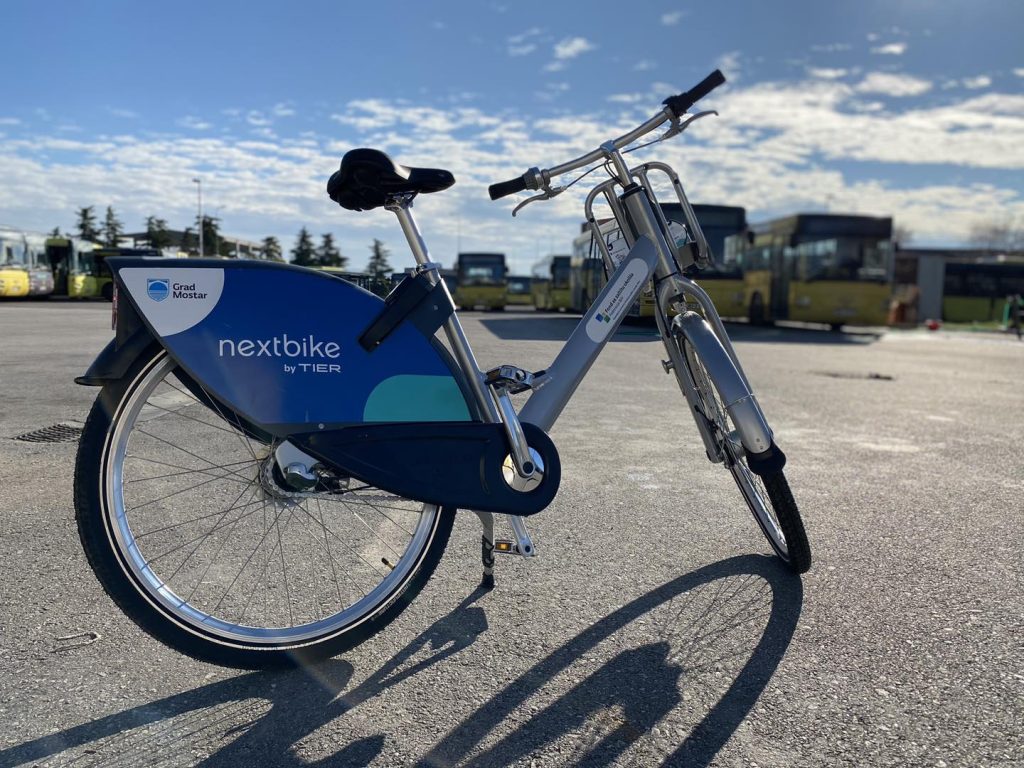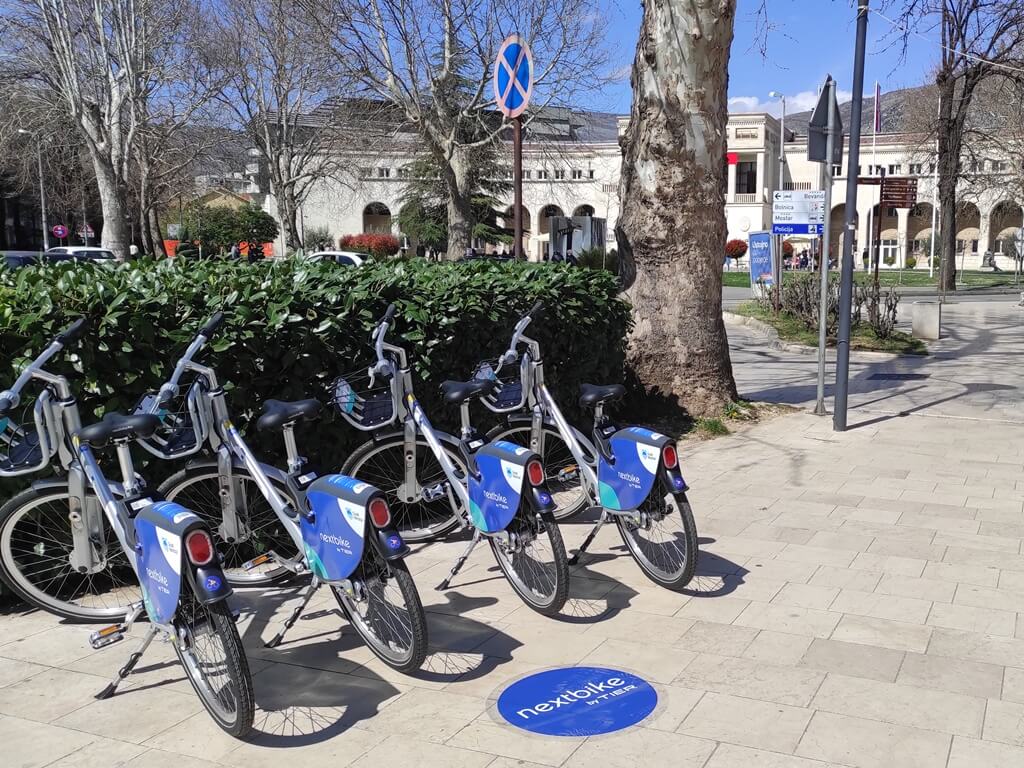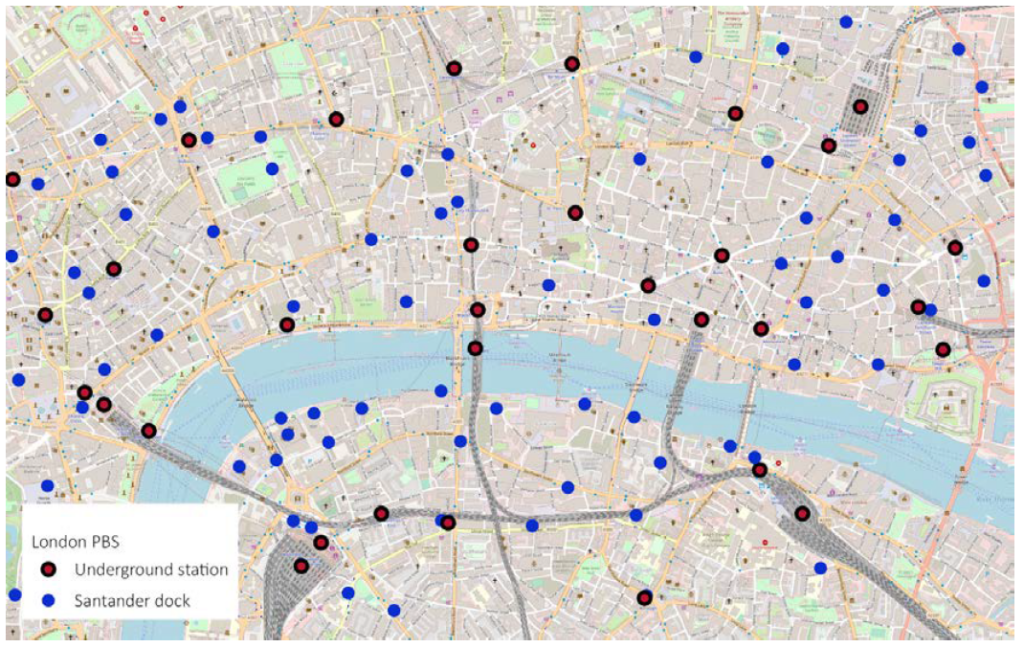With growing urbanization, cities are obliged to monitor the increased level of congestion and emissions in the region. In recent years, there has been an increasing negative recognition of the use of private cars, highlighting the need for sustainable transport in cities. One of the growing trends in sustainable transportation is Bike-Sharing Programs (BSP). The number of bike sharing programs (BSPs) has grown dramatically over the past few years. In modern bike sharing programs, bikes are provided by operators, which can be picked up and returned at a self-service rental station. It is a non-motorized or partially motorized public transportation system powered by human power. The nature of BSP travel is usually short (less than 30 minutes). The key characteristic of the system is shared use, the availability of bicycles in multiple locations and a human controlled system.
BSP infrastructure is also being gradually improved with technological interventions such as customized bikes with automated docking stations, card-based user payments, and websites that provide information on bike occupancy rates. In this way, it provides an attractive solution to traffic congestion in cities.
The bike sharing program aims to achieve benefits such as:
- Reduction of emissions;
- Health benefits;
- Savings in fuel consumption;
- Savings in travel costs.
Uses refer to the modal transition from motorized transport to bicycles.
The European Cycling Federation, funded by the EU, has developed and implemented a policy framework where the Bike Sharing Program is implemented as a key component of the city's transport system. Additionally, the need to develop a public bicycle ecosystem (PBS) through a strategic policy and regulatory framework is emphasized.
The situation in the City of Mostar

In March 2023, the city of Mostar launched the Next Bike system of public bikes, which was promoted as part of the "Ćirin pruga" bike ride. Together with a large number of gathered cyclists, the mayor promoted this new form of public transport by driving through the city.
The Next Bike system was implemented through a project supported by the Federal Fund for Environmental Protection, through which the City of Mostar acquired 50 bicycles that were distributed to ten locations in Mostar. It is about a new generation of Nextbike bikes equipped with a smart padlock for unlocking and locking the bike, a GPS tracking system, and the bike rental will be done easily with the help of a mobile application.
How did the citizens of Mostar accept the Next Bike system?

The complete project met with great approval from the inhabitants of the city of Mostar, especially those more aware who normally use a bicycle or had a need for a bicycle in order to perform their daily activities. However, several problems were observed that required the intervention of the City, in order to improve the situation on the ground and to make the system function better.
- The project was not accompanied by infrastructure! And that was actually the biggest problem, that the citizens of Mostar do not have bicycle lanes at their disposal and are not able to cycle safely and be part of a green mode of transportation that improves air quality and transportation experiences in urban areas. The association had several meetings with the city authorities, but everything remained on promises.
- Inadequate bicycle parking. The Next Bike system without proper parking had problems with citizens leaving bicycles in various locations that were not actually intended for bicycle parking, while at the same time every strong wind knocked them to the ground, which again left a bad image for the entire system.
- Vandalism. Although perhaps one of the worst characteristics is the destruction of public property, and in general, like vandalism, it is an ugly image and uncultured of a category of people, we put this as the last drawback because these destructions are smaller with time and stop. What is needed for the city of Mostar are more drastic penalties for the destruction of public property, and the culprits are easily found because each registration recorded the number and contact of the person who took and destroyed the bicycle. Many vandals were reported to the police and registered as such in the system.
Positive examples
The widespread availability of BSP in many other European cities such as London has led to an increase in the visibility of people riding bicycles in everyday clothing. This has helped in the perception of cycling as an outside activity for sports enthusiasts. As a green mode of transportation, cities have also envisioned the role of BSP in improving the air quality and mobility experience in the city. The system also contributed to the revival of cycling culture in many European cities.
Image: A positive example of the proximity of a cycle station to a London Underground station

Colombia's capital, Bogotá, has also made progress in introducing a Shared Bicycle System to transport citizens sustainably. The city is set to have its first bike-sharing system with stations equipped with the latest technology. The system will enable communication features such as the status of each vehicle, fast charging and checking availability at each parking station. The city plans to have at least 300 stations with 3,300 bicycles, 50% of which will be assisted by pedaling.
Key features of the Bike Sharing System in Bogota:
- Using Manocletas, an accessory that allows wheelchair users to access the system;
- A fleet of cargo bikes with drawers and seats for children to make it easier for women to carry out their daily needs around town;
- Connection of the system with public transport in order to better offer and use the connection of the first and last kilometer.
A public bike sharing system has the potential to serve as a first and last mile model as well as an independent model. It depends on how cities integrate the service with public transportation. A bicycle sharing program in urban areas is not just a solution to increase the share of cycling. However, it is an active strategy to encourage cycling and develop the resulting infrastructure.
In addition, the successful implementation of this system requires cities to have a clear goal during the entire planning and implementation phase in order to make the most of the benefits of reducing harmful air emissions and traffic congestion.







